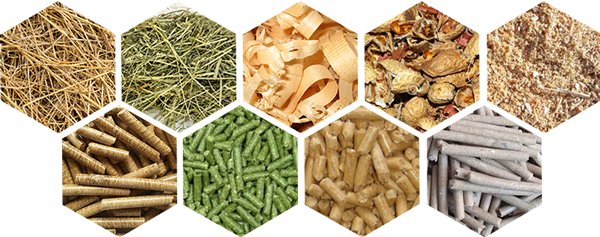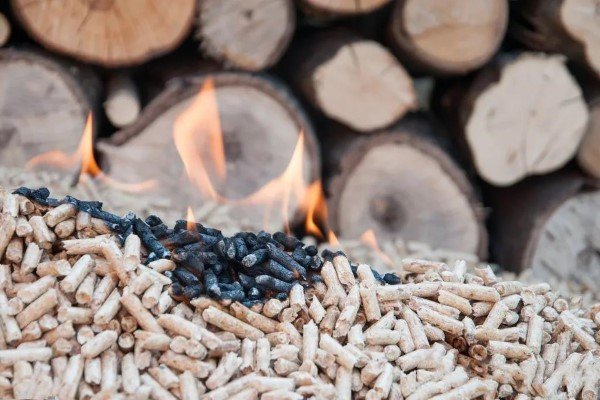What comes to your mind when you hear the word “biomass fuel”?
Biomass fuel, by definition, refers to the biomass materials burnt as fuels, typically agricultural or forestry waste (such as straw, sawdust, peanut shells, corn stalks, etc.). In contrast to fossil fuels such as coal or oil.
Biomass fuel or Biofuel?
Biofuel, according to Wikipedia, is explained as a broader concept: “Biofuel is a fuel that is produced over a short time span from biomass, rather than by the very slow natural processes involved in the formation of fossil fuels such as oil. Biofuel can be produced from plants or from agricultural, domestic or industrial biowaste.”
Biofuel’s typical types are: liquids like Ethanol, other Bioalcohols, Biodiesel, Biogasoline, Straight vegetable oils... Or gaseous like Biogas, Biomethane, Sysgas… Or solids like Biomass Fuel…
Therefore, “Biomass fuel” could be seen as a subcategory of “Biofuel”. In this website, all we’re talking about is “Biomass Fuel”.

Biofuel
Types of Biomass Fuel
Under many national policies about environment protection, the direct combustion of biomass is considered a high-pollution way. The most common form of direct biomass combustion is the burning of crop residues in fields during busy farming seasons. This method produces a large amount of smoke, which is a major component of PM2.5 particles. Therefore, the governments strictly prohibit the direct burning of biomass.
The practical forms of biomass fuel mainly include pelleted biomass fuel and gasificated biomass fuel.

Biomass Fuel
Pelleted Biomass Fuel
Biomass pellets are produced by processing agricultural or forestry waste through crushing, drying, mixing, compressing or molding into various shapes (such as blocks or pellets). Unlike coal, which contains sulfur and releases pollutants like sulfur dioxide and nitrogen dioxide when burned, biomass pellets only produce carbon dioxide. Plants can absorb the CO2, and the remaining ash can nourish the plants in return as a fertilizer. Therefore, people could consider biomass pellets as a “zero-emission” clean fuel.
Biomass Gasification Fuel
This type of fuel is produced by subjecting solid biomass fuel to pyrolysis, oxidation, and reduction reactions in specific equipment, using air (or oxygen) and steam. This process generates combustible gases such as carbon monoxide, hydrogen, and low-molecular-weight hydrocarbons, which would enter the equipment for combustion.
Another form of biomass gasification fuel is biogas. Under certain conditions of temperature, humidity, and PH value, biomass materials undergo a series of chemical reactions through microbial fermentation, producing combustible gases, commonly known as biogas.
Benefits and Application Prospects of Biomass Fuel
Considering the convenience of storage, transportation, and use, as well as cost-effectiveness, biomass briquettes are more and more popular.
The use of biomass pellets is increasing across various regions. They are a high-quality fuel that is renewable, burns cleanly, and has stable costs, converting millions of tons of waste into energy. They are the best alternative to coal for household heating. Biomass fuel originated abroad, with millions of people in Europe and the United States using biomass pellets for heating in standalone stoves, fireplaces and boilers. Industrially, power plants and large boilers are also quite compatible with it. Domestically, heating stoves and cooking stoves are becoming more common. Biomass pellets are so common worldwide, with active cross-border trade. In China it is gradually growing.
The most notable feature of biomass is its renewability. As coal and oil resources are gradually depleting, the value of biomass fuel is becoming increasingly apparent. Specialized biomass burners equipped with professional dust removal equipment can achieve minimal particulate emissions, meeting environmental standards. Biomass is almost limitless, and facts prove that, compared to fossil fuels, the price of biomass is more stable.


Pingback: China's Biodiesel Receives Anti-Dumping Duty from the EU Commission-1 - vgbiomass.com